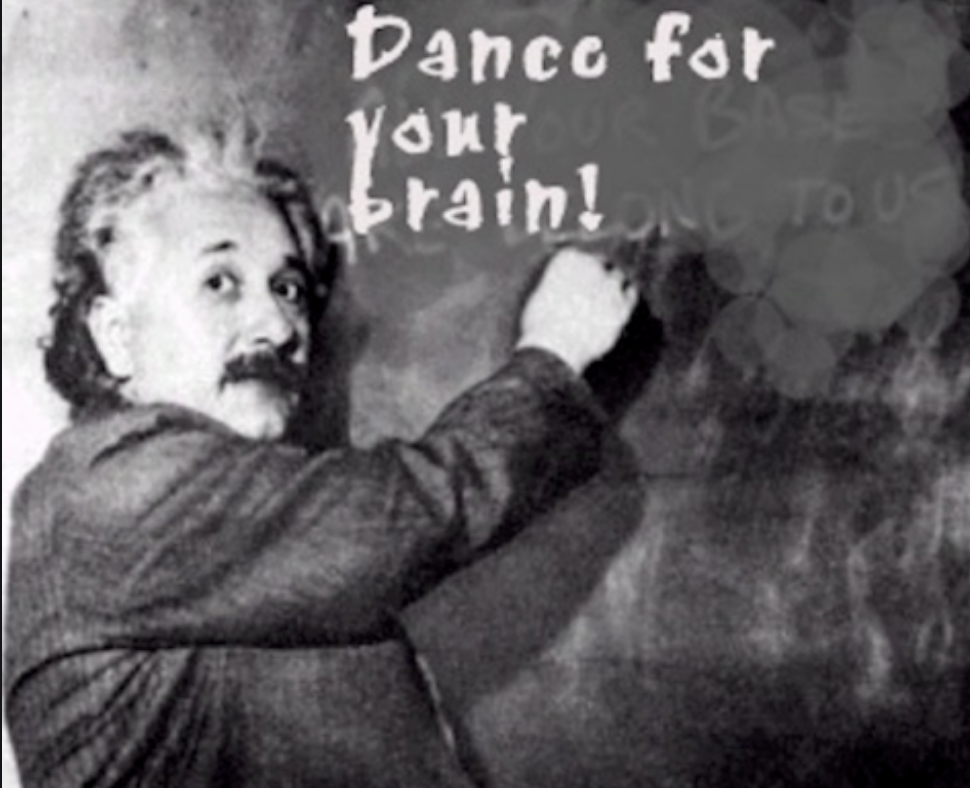Dancing, a Probiotic for Vitality
People have been dancing for thousands of years. Why? Because it feels good, it releases feel-good endorphins into the bloodstream and they make you feel alive. But, there is much much more.
Even younger adults have to contend with the Use-it-or-lose challenge. As you get older, the consequences become more pronounced. Dancing is a pleasurable way to keep many of our fundamental capabilities up to snuff. It tunes-up movement control, functional fitness, mental acuity, emotional and stress control, social connectedness, and being engaged.
What’s functional fitness and why should I care? Functional fitness is let you carry out the movements involved in daily living efficiently and without risk. It also should include the ability to move with vitality so you can do the things you enjoy.
Dancing is a complex activity involving the coordination of many subsystems. It takes strength, flexibility, movement planning, balance, visuospatial systems, auditory processing, and more. The key takeaway is that all of this happens while you are engaged in a pleasurable activity. Even if you are not a great dancer, you get the benefits.
One impediment to functional fitness is the loss of flexibility. think about it. If the body doesn’t flex then is hard to keep your balance. Imagine you are a 2 x 4 board and you want to reach out to grab something off a shelf. The board has no capability to compensate for the weight of your reaching arm. While your loss of flexibility may not be that extreme, you can understand how it could reduce mobility and agility.
Now compare the difference between a typical stretching program and what happens when you dance. Stretching a joint might increase your range of motion for that joint. When you dance you make all the joints involved in the movement flex in a functional or co-ordinate way. Dancing stresses the balance system more thus it is not surprising that it provides greater insurance against falling. The more expressive you get while dancing the more build flexibility and the ability to move with efficiency and low risk
Mental Acuity
Dancing involves well-orchestrated control of attention, the executive centers of the prefrontal lobes of the brain. Both of these functions tend to decline with age and less use. Brain imaging studies show that life-long dancers have greater capacity in both cases. Even a few weeks of dancing lead to positive changes in the relevant brain structures.
A 21-year study of adults, 75-years of age and older, set out to see if any physical or cognitive recreational activities influenced mental acuity. Some of the activities had a significant beneficial effect. Other activities had none. Notably, dancing came out on top by a wide margin.
Emotions and Stress
When people dance for the pleasure of it, they feel more energetic and less tense. These subjective feelings of elevated moods happen because dancing releases the feel-good hormone in the brain. Dancing also decreases levels of stress hormones and reduces depression.
Social Connectedness
It might seem obvious that dancing is a form of social interaction and a great way to feel socially connected. This is especially important because we now know that social connectedness is as important to health and well-being as regular exercise and not smoking. Dancing provides an enjoyable way to breach the gap and emotionally and physically connect.
Ways to Dance More
Dancing is fun and a great way to gain and retain physical, mental, emotional, and social vitality. If you haven’t been dancing for a while you might be wondering how to make it happen. Don’t wait for Covid-19 to pass, some of these you can do in quarantine.
Turn up the music and make dancing something you do with people in your bubble.
Don’t have anyone to dance with - dance by yourself. See YouTube.com for dancing inspiration.
Google “dancing clubs near me” to be ready once herd immunity takes hold.
Just Do It!





